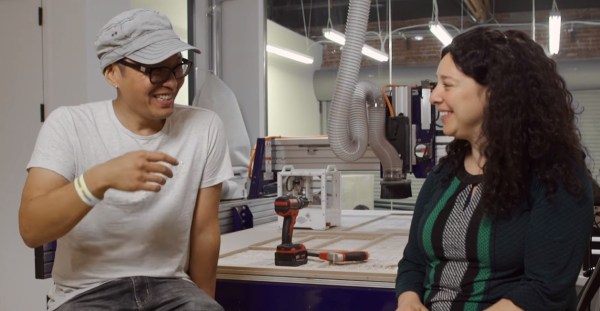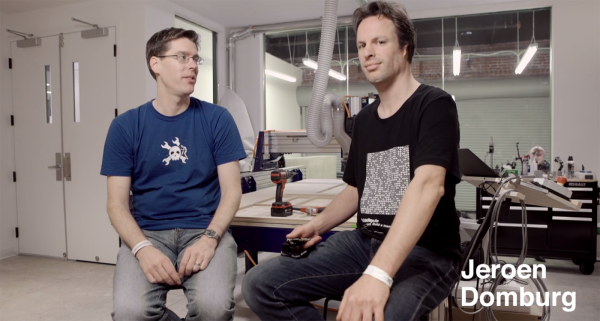Akiba sits at a very interesting intersection of technology and culture. He is well known for his experience with manufacturing in Shenzhen — but he has a few other unique dimension I’ll get to in a minute. His experience manufacturing in China goes far beyond the electronics you might expect and covers, well, everything that could possibly be made. His talk, Shenzhen in 30 Minutes, at last year’s Hackaday Superconference is a crash course in the area, the culture, and the business side of things.
After his talk Sophi Kravtiz caught up with Akiba for an interview and it is surprising to learn that he was a bit nervous for the talk. Obviously he pulled it off without a hitch and we hope this inspires you to give a talk at the 2017 Hackaday Superconference in Pasadena on Nov 11 and 12. The call for proposals closes this Monday so spend some time this weekend and submit your proposal.
Now about those other dimensions. In the interview, Akiba and Sophi discuss two other areas where he has an incredibly unique viewpoint. The first is his founding of a hacker collective in the rural areas outside of Tokyo. Hacker Farm has been growing like crazy of the last three or four years. It seems that people come to visit and realize renting in the area is so cheap they can’t leave. This led to a culture boom around the camp; a self-feeding engine that attracts more visitors (and often visiting chefs who literally feed the group handsomely) and grows the collective.
They’re working on new applications of technology for farming in the area. One aspect of this is water level sensors for the rice farmers in the area which he wrote about at length for Hackaday. Wildlife turns out to be a huge challenge here — apparently spiders will exploit any hole or crevice to build a web which usually renders the sensor worthless. The group is also beginning experiments with the “three sisters” of gardening: corn, beans, and squash and plan to use this as a test bed for all kinds of agricultural automation.
Although touched on only briefly at the end of the interview, Akiba also works with wearable technology at an extreme level. He builds lighting and other interactivity into suits for the Wrecking Crew Orchestra. It’s always a treat to hear his experience dealing with wear and tear, communications latency, and a user interface for the dancers themselves.












